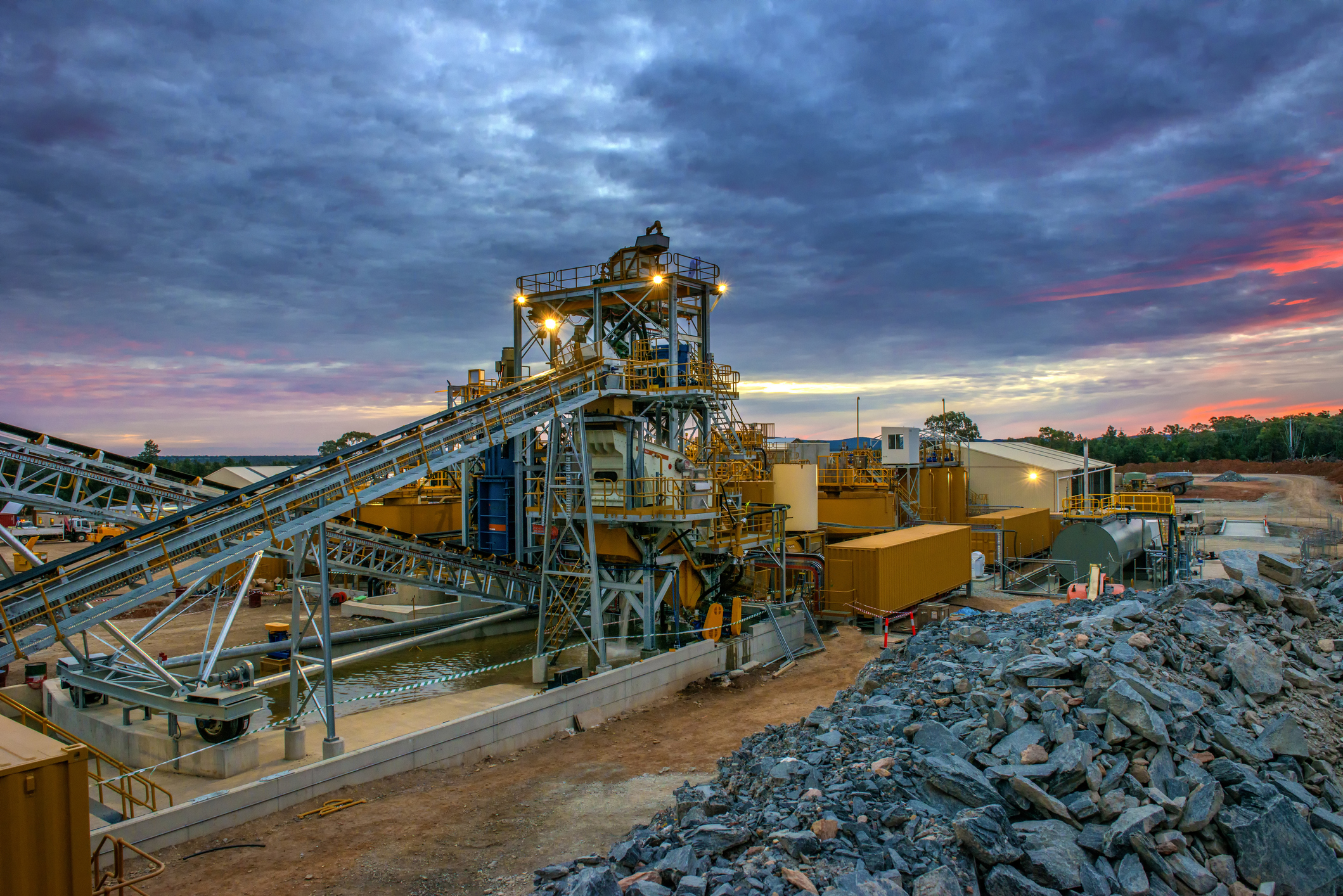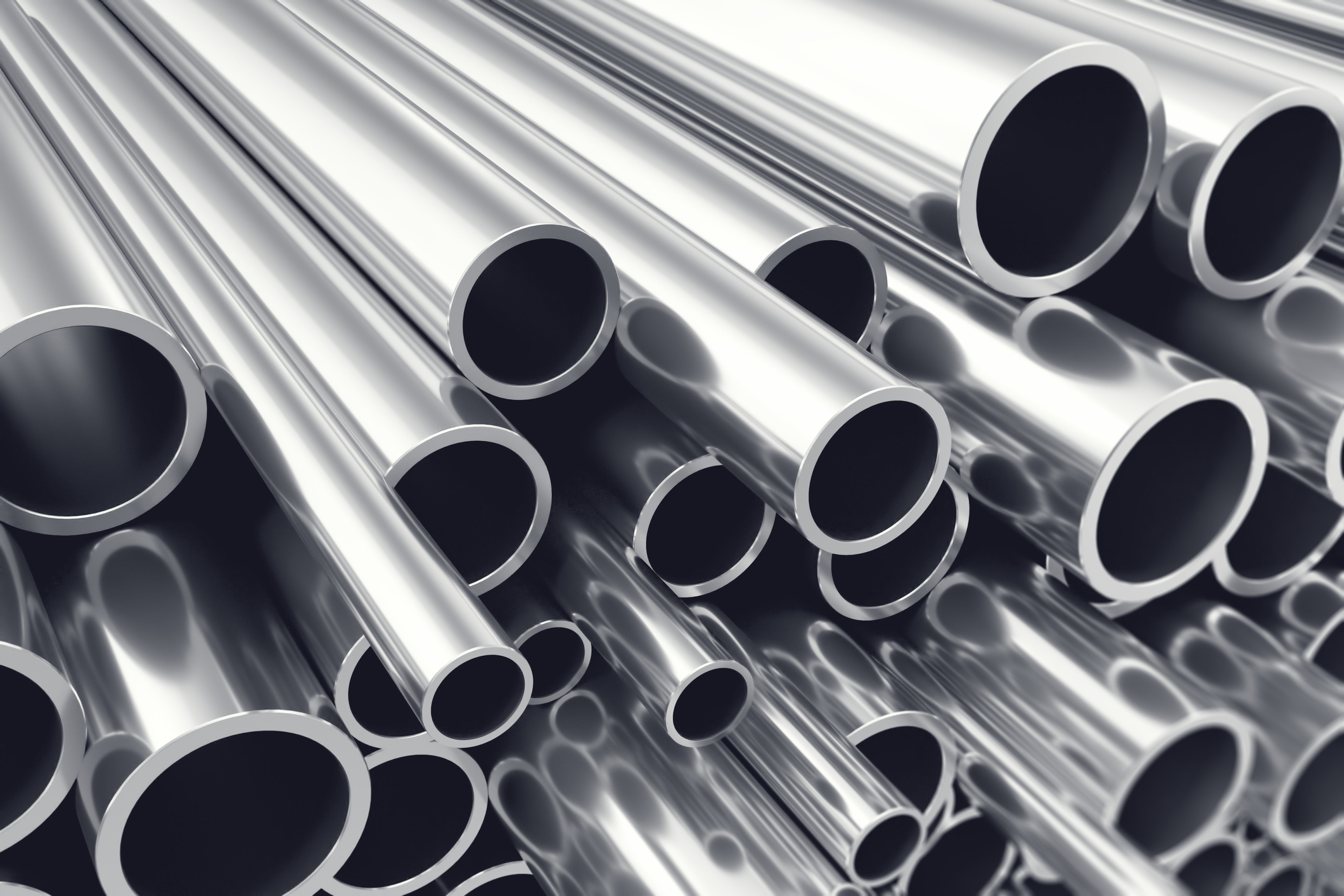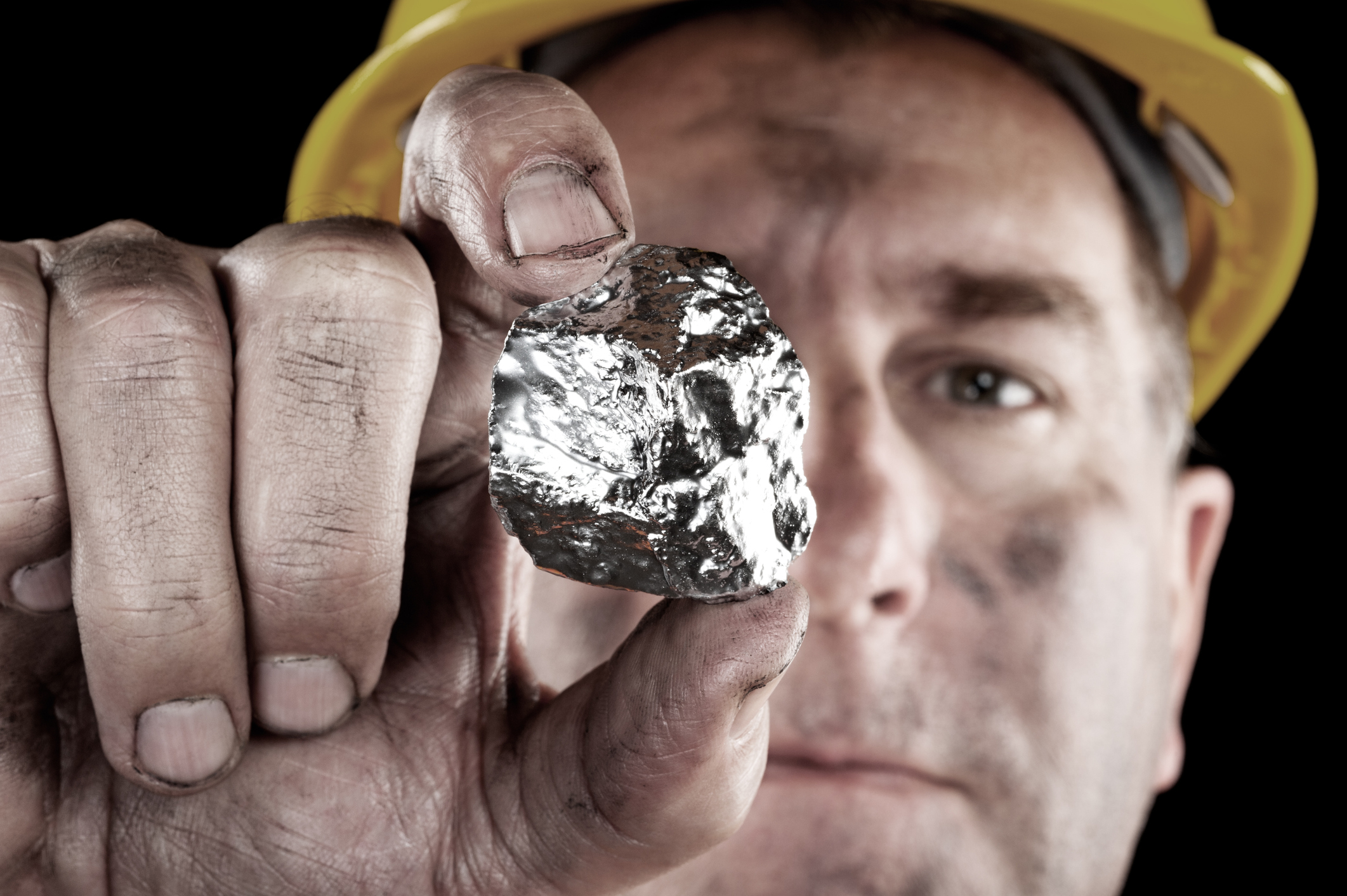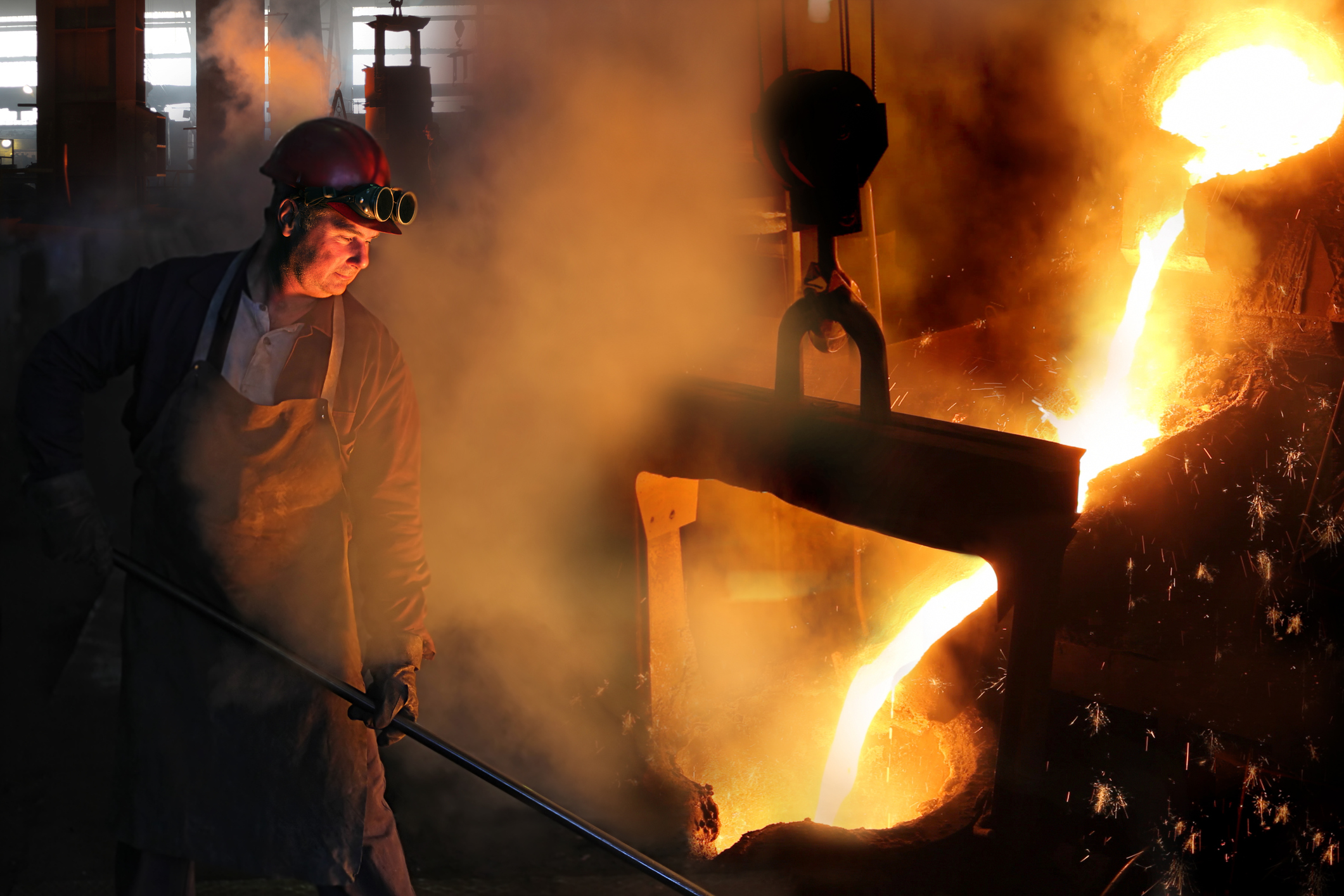Mining stocks are publicly traded companies focused on finding, extracting, and processing deposits of valuable minerals and materials. These substances include:
- Precious metals such as gold, silver, platinum, and palladium.
- Industrial metals such as iron ore, copper, aluminum, nickel, lithium, cobalt, and zinc.
- Construction materials such as sand, crushed stone, and limestone.
- Energy materials, including coal, oil sands (bitumen), and uranium.
- Fertilizers such as boron, potash, and phosphate.

Many of these metals and materials are crucial to the global economy. Industries need the raw materials to build and manufacture goods, products, and infrastructure. When the economy is expanding, mined materials are in high demand, which boosts prices.
However, the mining industry is cyclical. Demand for mined materials tends to fall when the economy slows down. Mining stock prices typically decline during a recession.
Given the mining industry’s cyclicality, investors need to focus their attention on mining stocks that can weather future economic storms. Let's dig into some of the best mining stocks and take a closer look at investing in the mining industry.
Top mining stocks to buy in 2025
These are some of the top mining companies:
| Name and ticker | Market cap | Dividend yield | Industry |
|---|---|---|---|
| Rio Tinto Group (NYSE:RIO) | $86.8 billion | 5.39% | Metals and Mining |
| BHP Group (NYSE:BHP) | $144.2 billion | 3.87% | Metals and Mining |
| Barrick Mining (NYSE:B) | $59.2 billion | 1.30% | Metals and Mining |
| Freeport-McMoRan (NYSE:FCX) | $60.6 billion | 0.71% | Metals and Mining |
| MP Materials (NYSE:MP) | $14.7 billion | 0.00% | Metals and Mining |
Here's a closer look at these top mining companies.
1. Barrick Gold

NYSE: B
Key Data Points
Barrick Gold (NYSE:GOLD) is one of the largest gold miners in the world, with operations in more than a dozen countries. It's also a leading copper producer.
One thing that sets Barrick Gold apart from other precious metals companies is its focus on Tier One mining assets. It defines a Tier One mine as one that:
- Produces more than 500,000 ounces per year.
- Has at least 10 years of productive life remaining.
- Delivers total cash costs per ounce in the lower half of the industry cost curve.
Tier One mines produce a relatively steady supply of low-cost gold and copper, enabling Barrick to continue making money when prices are low.
Barrick Gold’s Tier One mines can generate lots of cash, allowing it to pay an attractive base dividend payment. It complements that base payout with a quarterly performance dividend payment that fluctuates with its cash balance.
Performance Dividend Level | Threshold Level | Quarterly Base Dividend | Quarterly Performance Dividend | Quarterly Total Dividend |
|---|---|---|---|---|
Level I | Net cash under $0 | $0.10 per share | $0.00 per share | $0.10 per share |
Level II | Net cash between $0 and $0.5B | $0.10 per share | $0.05 per share | $0.15 per share |
Level III | Net cash between $0.5B and $1B | $0.10 per share | $0.10 per share | $0.20 per share |
Level IV | Net cash over $1B | $0.10 per share | $0.15 per share | $0.25 per share |
It also invests money to explore and develop new mines and expand existing ones to grow its production. Those projects have Barrick on track to grow its gold-equivalent production 30% by the end of the decade.
2. BHP Group

NYSE: BHP
Key Data Points
3. Rio Tinto

NYSE: RIO
Key Data Points
4. Freeport-McMoRan

NYSE: FCX
Key Data Points
Freeport-McMoRan is one of the world's leading copper producers. It has mines in Indonesia, South America, and the U.S. Its mines also produce gold and molybdenum, a mineral primarily used to strengthen steel.
The company is investing heavily to expand its copper business. It's spending more than $1 billion to develop and implement new leaching technologies to maximize the recoveries at its existing mines. Freeport is also working towards a potential $3.5 billion project to expand its Bagdad mine in Arizona. The company is also evaluating potential large-scale expansions of its Lone Star (Arizona), El Abra (Chile), and Grasberg (Indonesia) mines.
5. MP Materials

NYSE: MP
Key Data Points
MP Materials is the only fully integrated U.S. producer of rare earths. It operates the world's second-largest rare earths mine in Mountain Pass, Calif. It also has an advanced metalization and magnet manufacturing facility in Texas. Rare earths are crucial to many industries, including the technology and defense sectors.
The company received a $400 million investment by the Department of Defense in 2025 to support the construction of a second manufacturing facility. Additionally, it signed a $500 million partnership with Apple (AAPL +0.20%) to produce recycled rare earth magnets in the U.S. These deals position MP Materials to grow in the coming years.
Related investing topics
Should you buy mining stocks?
There are a few things you should know about mining stocks before investing in the sector, including:
- Cyclical: The mining industry tends to follow the economic cycle. Demand for industrial metals rises as the economy expands and tends to fall when there's a recession.
- Capital-intensive: Mining companies have to invest more money in new mines and expansion projects to support growing demand and the depletion of existing mines.
- Debt: Mining companies often borrow money to invest in mining expansion projects. Companies with high amounts of debt often struggle during economic downturns.
Given these challenges, investors should focus on the top mining companies. They have proven their ability to generate profit regardless of economic conditions. If you are comfortable with some volatility and if receiving dividends is a priority for you, then adding some high-quality mining stocks to your portfolio might be the right move.
How to invest in mining stocks
Anyone can invest in mining stocks. Here's a step-by-step guide on how to add one to your portfolio:
- Open your brokerage app: Log in to your brokerage account where you handle your investments.
- Search for the stock: Enter the ticker or company name into the search bar to bring up the stock's trading page.
- Decide how many shares to buy: Consider your investment goals and how much of your portfolio you want to allocate to this stock.
- Select order type: Choose between a market order to buy at the current price or a limit order to specify the maximum price you're willing to pay.
- Submit your order: Confirm the details and submit your buy order.
- Review your purchase: Check your portfolio to ensure your order was filled as expected and adjust your investment strategy accordingly.








